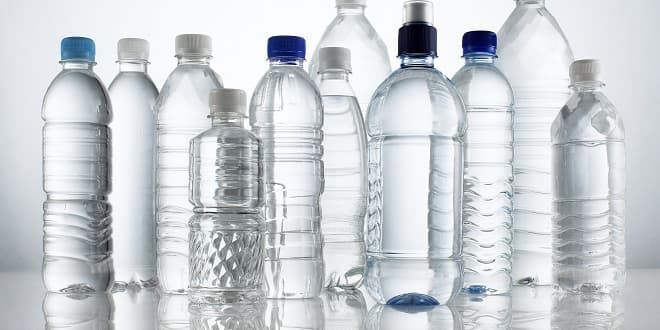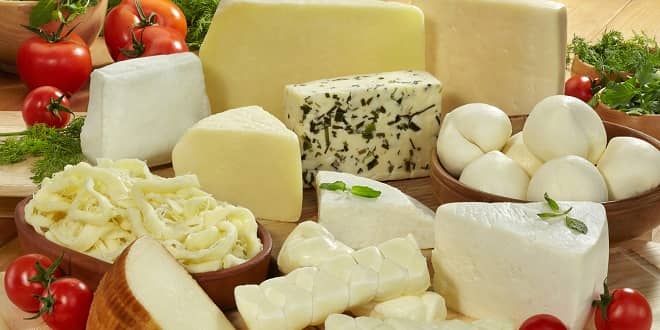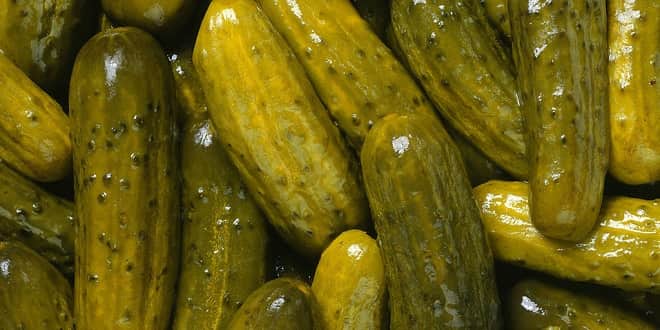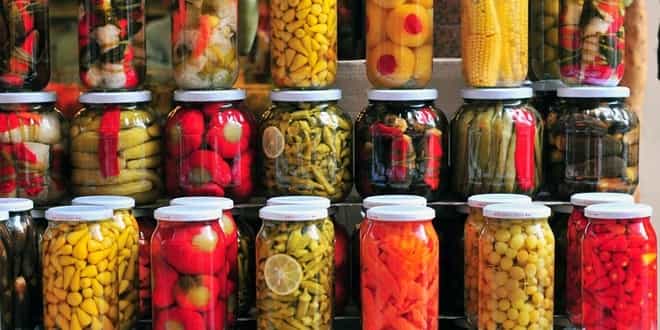Fermentasyon Teknolojisi
-

BOD Determination ( FE 411 )
Biochemical Oxygen Demand The purpose of this exercise is to investigate the relationship of water quality and the consumption of oxygen by aerobic bacteria. Biological Oxygen Demand (BOD) is a measure of how polluted a particular aquatic system is with nutrients which increase the activity of aerobic bacteria. Researchers measure BOD as an index of water pollution or general water quality in streams, rivers, and lakes. Biochemical Oxygen Demand is a common, environmental procedure for determining the extent to which oxygen within a sample can support microbial life. The following…
-

Fermentation Lab Sheets > Cheese Making
CALCULATIONS: 1. Calculate the yield of the cheese Yield = (wt of curd/wt of milk)*100 2. Calculate the titratable acidity of the curd and the whey as: 1 ml 0.1 N NaOH = 0.009 g lactic acid …
-

Fermentation Lab Sheets > Cucumber Pickling
QUESTIONS 1. Write the parameters that effect the cucumber pickling 2. What is the main problem when you use big cucumber and why this problems occur? DISCUSSION AND CALCULATIONS 1. Plot the lactic acid, ph and number of m/o versus time. 2. Discuss your results and determine the best vinegar and salt concentration. …
-

Fermentation Lab Sheets > Cucumber Pickling ( FE 411 )
PURPOSE To practice the production of cucumber pickling. By the way, to measure some parameters of the pickle. THEORY Pickle is a product that produced from vegetables and fruits are fermented by lactic acid bacteria in a brine has a specific salt concentration or in their self juice. Any kind of vegetables and fruits can be used for pickling. But, in whole world the most known and manufactured pickle type is cucumber pickle. Lactic acid fermentation is the most important step occurs in the pickling. The fermentation occurs in anaerobic…
-

Fermentation Lab Sheets > Dough ( FE 411 )
PURPOSE: To determine the effects of ingredients and incubation temperature on rising ability of bread sponge. INTRODUCTION Gluten is a protein. Bread flour does not contain large amounts of protein (approx. between 10.5 – 13%) but it is very important for the bread making process. When flour is mixed with water, the gluten swells to form a continuous network of fine strands. This network forms the structure of bread dough and makes it elastic and extensible. In the diagram below the bread making steps are listed and the role which…
-

Fermentation Lab Sheets > Dough Fermentation
PURPOSE: To determine the effects of ingredients and incubation temperature on rising ability of bread sponge PROCEDURE: 1. Five variables of ingredients will be tested: 2. Dissolve 0.1 g of yeast in 20 ml of water. Add this to 80 ml water containing 0.5 % salt. 3. Add water containing yeast and salt to 100 g of hard wheat flour. 4. Knead the dough until well mixed. 5. Divide the sponge 4 equal parts. 6. Plate the sponge in a 100 ml graduated cylinder which is previously oiled and drained. Tap to…
-

Fermentation Lab Sheets > Growth Curve ( FE 411 )
PURPOSE In this experiment, Saccaharomyces cerevisiae will be cultured on chemically defined medium under aerobic conditions and microbial growth will be followed with indirect and direct methods. INTRODUCTION Bioenergetics is the study of the energy relationships in living organisms. Microbial activity is dependent on catabolic reactions for energy production and biomass synthesis (see figure 1). The relationship between energy and synthesis reactions is critical in understanding the balance of inputs and outputs from the biodegradation process. Bioenergetics provided an analytical framework to combine the stoichiometry of these individual reactions with…
-

Fermentation Lab Sheets > Growth Curve and Bioenergetics
References McCarty, P.L., “Energetics and Bacterial Growth,”presented at the 5th Rudolf Research Conference, Rutgers, the State University, New Brunswick, NJ, July 2 (1969). McCarty, P.L., “Stoichiometry of Biological Reactions,” presented at the International Conference,”Toward a Unified Concept of Biological Waste Treatment Design,: Atlanta, Georgia, October 6 (1972). McCarty, P.L.,”Energetics and Bacterial Growth,”in S.D. Faust and J.V. Hunter (ed.), Organic Compounds in Aquatic Environments, Marcel Dekker, Inc., New York, pp. 495-512 (1971). McCarty, P.L.,”Stoichiometry of Biological Reactions,”Prog. Water Technol.,7,157-172 (1975). McCarty, P.L.,”Energetics of Organic Matter Degradation,”chapter 5 in Mitchell, R (ed.) Water Pollution Microbiology, 91-118, John…








